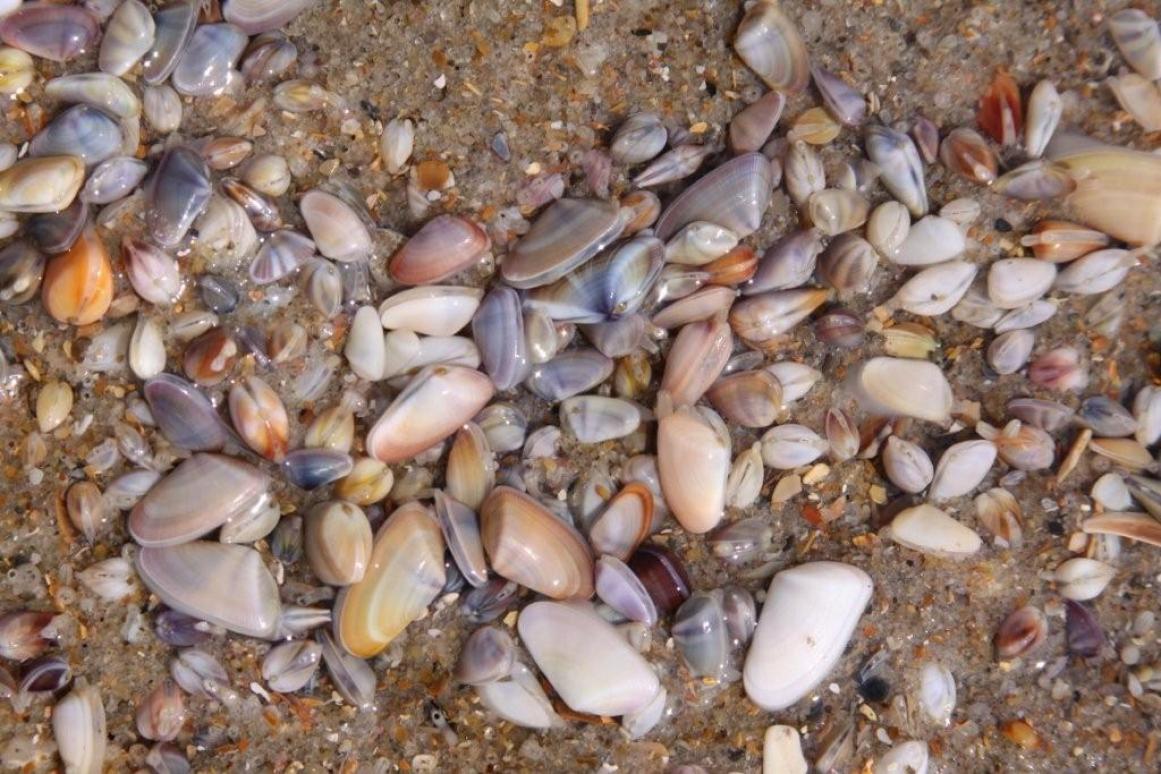Proliferation of Clams Good News for Migrating Red Knots

Recent video documented the proliferation of Donax (coquina) clams washing ashore about two miles north of Mustang Island’s “Fish Pass.”
According to Jace Tunnell, Project Manager with the Coastal Bend Bays & Estuaries Program, the abundance of these coquina clams will have a positive impact on Red Knot shorebirds as they pass through South Texas on their semi-annual migration, which can cover more than 9,000 miles each way. Because of its rapidly declining populations, conservation groups are calling on the U.S. Fish and Wildlife Service to list the Red Knot under the Endangered Species Act.
“The Donax is the Red Knot’s primary food source and with the shells being so abundant, they should be able to bulk up quickly to their needed weight in order to make their way to South America, “said Tunnell, who shot the video over a 15-minute period using his iPhone and a small video camera. “The distribution of these coquina clams is usually patchy and can vary widely over the years. This year, they are appearing on Mustang and Padre Islands in unusually high numbers.”
In Texas, there are two species of coquina clams. Donax variabilis, the variable coquina, is the most common and widespread. Donax texasianus, the Texas coquina, is present also, but in much fewer numbers. As indicated by the name, the variable coquina has a wide variety of colors in its shell, but the Texas coquina is mostly white. These clams live between the tides in the surf zone on Texas barrier island beaches. They are unique in that they migrate up and down the shore with the changing tides, staying just in the optimum zone for them to filter feed on the incoming surf plankton.
